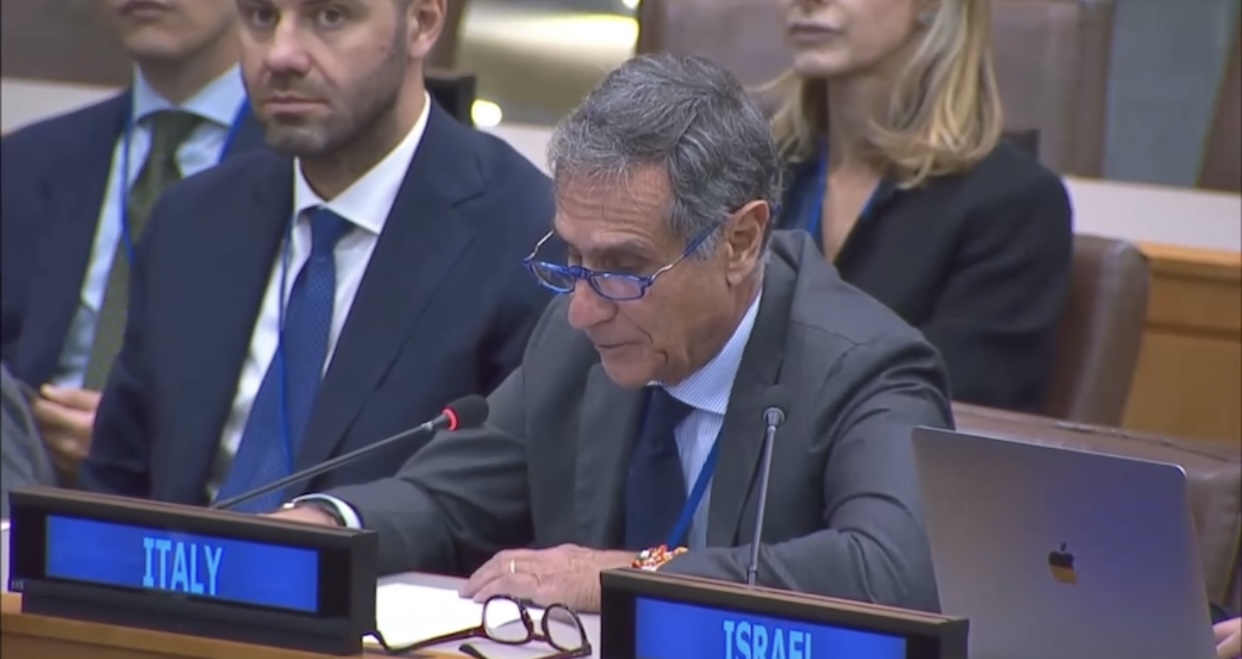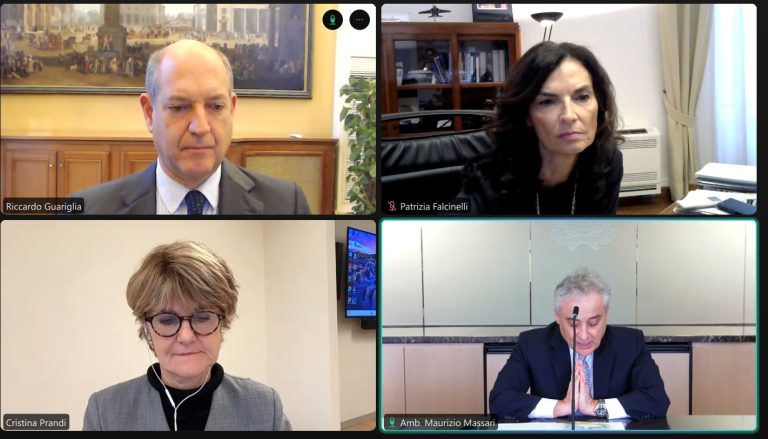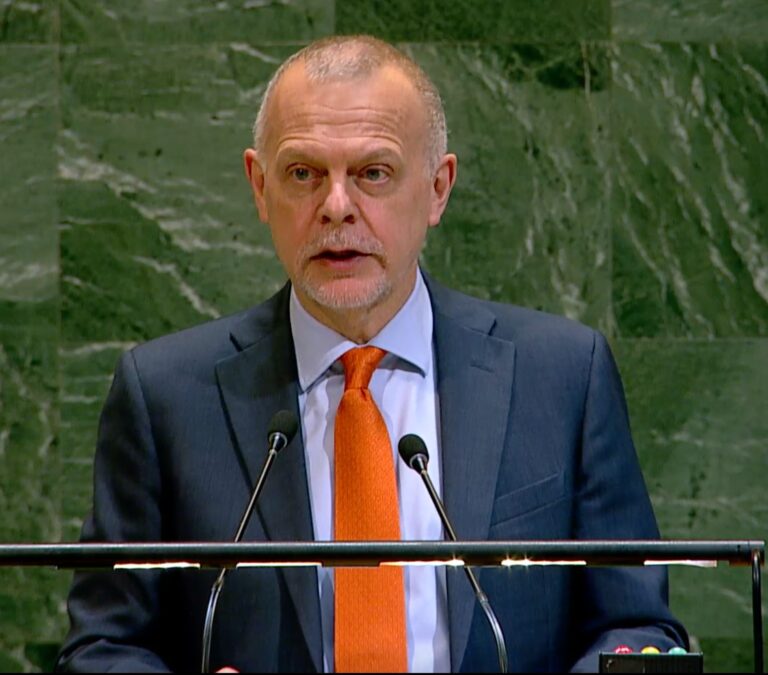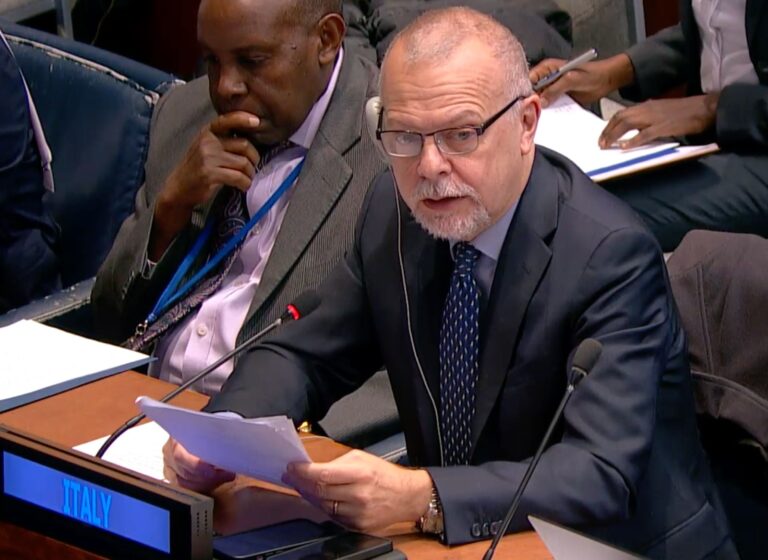Excellencies, Distinguished colleagues,
We enthusiastically welcome the decision of the United Nations General Assembly to address the existential threats posed by sea level rise. This phenomenon will continue for centuries, even if global temperatures stabilize.
In the Mediterranean, sea level rise is projected to be up to 1.1 meters by 2100, under high emissions scenarios. Low-probability but high-impact events cannot be ruled out. In Italy, in partnership with the Euro-Mediterranean Center on Climate Change, we are developing global-to-local scale modeling systems to inform adaptation and mitigation policies. Through the supercomputer at the Tecnopolo in Bologna, we are promoting open science, providing data and tools for critical sectors. Our capabilities also include the National Antarctic Research Program and the National Institute of Oceanography and Applied Geophysics with the Laura Bassi icebreaker.
In this context, satellite technology plays a key role. Radar and optical satellites, such as Synthetic Aperture Radars, measure sea levels with millimeter precision, observing coastal changes and the effect of melting polar ice. Understanding these processes is essential to supporting adaptation policies that protect coastal communities.
We are conducting research on the economic impacts of sea level rise and on the development of measures that consider regional, sectoral and social contexts, with a particular focus on the most vulnerable communities. It is crucial to communicate the risk clearly, linking scientific knowledge to the needs of policy makers. International cooperation remains essential to address this global challenge and Italian technology is available to the international community, thank you.
(Courtesy translation)















